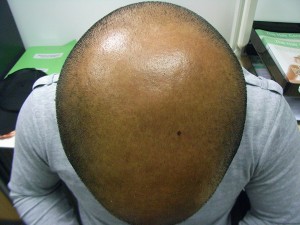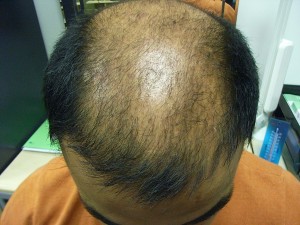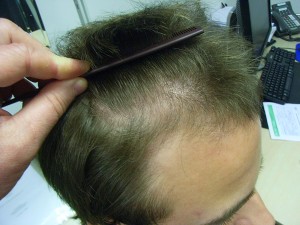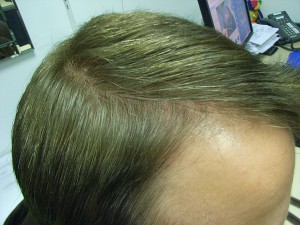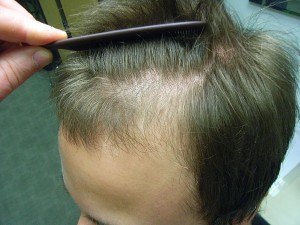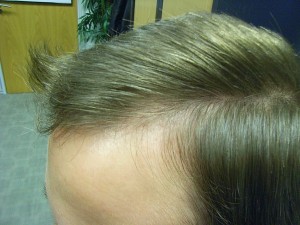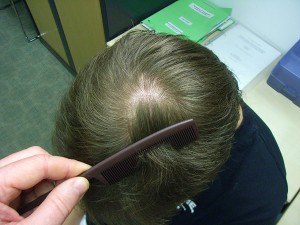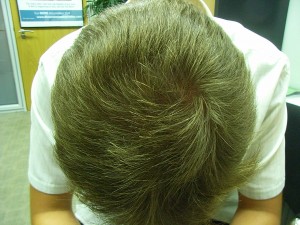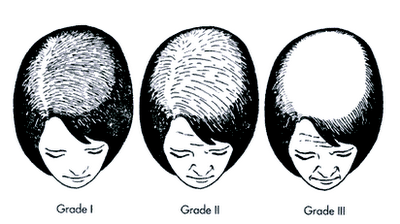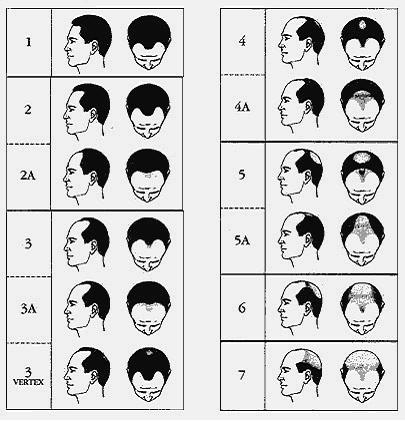05.10.2009
in MALE HAIR LOSS

One theory, advanced by Muscarella and Cunningham, suggests baldness evolved in males through sexual selection as an enhanced signal of aging and social maturity, whereby aggression and risk-taking decrease and nurturing behaviours increase. This may have conveyed a male with enhanced social status but reduced physical threat, which could enhance ability to secure reproductive partners and raise offspring to adulthood.
In a study by Muscarella and Cunnhingham, males and females viewed 6 male models with different levels of facial hair (beard and mustache or none) and cranial hair (full head of hair, receding and bald). Participants rated each combination on 32 adjectives related to social perceptions. Males with facial hair and those with bald or receding hair were rated as being older than those who were clean-shaven or had a full head of hair. Beards and a full head of hair were seen as being more aggressive and less socially mature, and baldness was associated with more social maturity. A review of social perceptions of male pattern baldness has been provided by Henss (2001).
The assertion that male pattern baldness is intended to convey a social message is supported by the fact that pattern baldness is also common in other primates, and is often used to convey increased status and maturity. Gorillas evolved anatomically enlarged foreheads for this reason. This suggests that baldness could have evolved to enhance the apparent size of the forehead, and increase the area of the face to be displayed. It should also be noted that most ancestry primates had a shorter life-span, and as baldness usually occurs at a later stage in life, baldness could have been a sign of survival and longevity. Premature baldness could also have evolved in younger males to convey this message, which correlates with studies suggesting men with bald or receding hairlines were rated as older than those with a full head of hair.
Do you have Hair Loss Problems, read our Hair Loss Help
